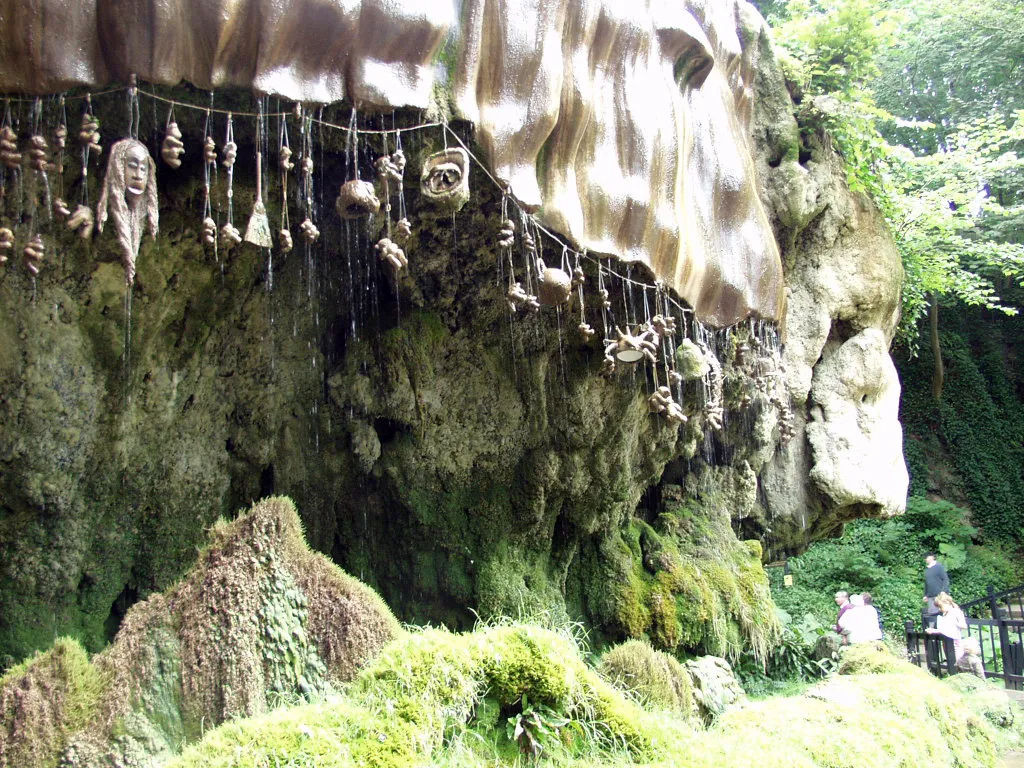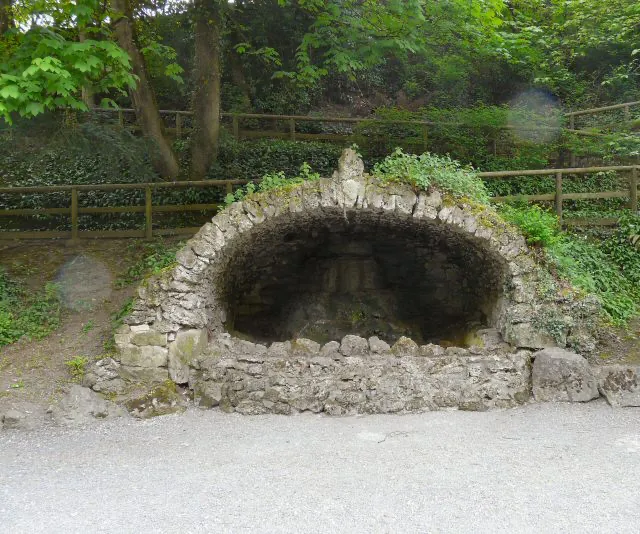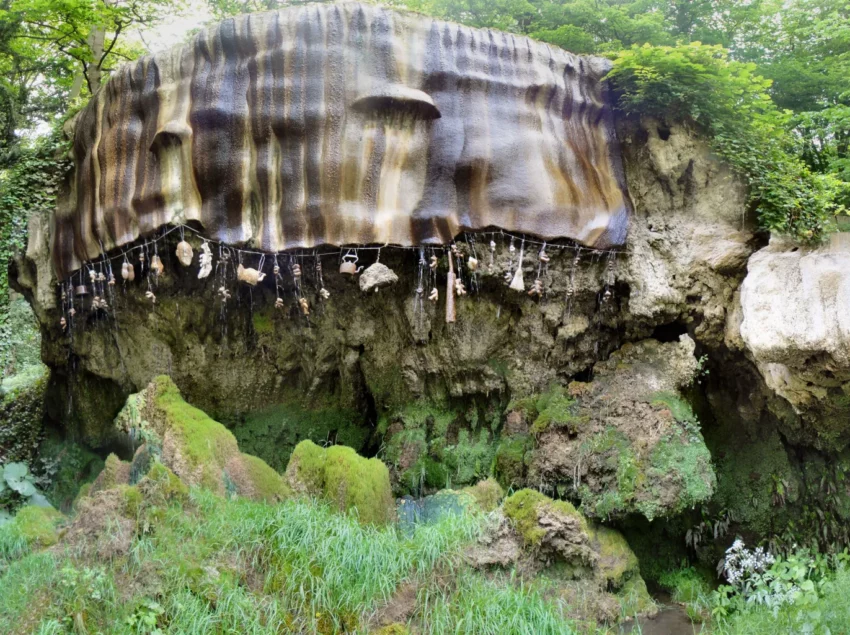A petrifying well transforms objects into stone-like figures over time. When you leave an object in such a well for months or years, it gains a stony exterior. This transformation once seemed magical, but science explains it differently.
Get your dose of History via Email
The Nature of Petrifying Wells
Placing an object in a petrifying well for weeks or months gives it a stony exterior. In the past, people thought this process involved magic or witchcraft. Today, we know it happens naturally. The well’s water has a high mineral content, causing evaporation and deposition.
Petrifying vs. Petrification
Petrifying involves covering an object with a stony layer. This differs from petrification, where the object’s molecules get replaced with stone or mineral molecules.
Examples of Petrifying Wells
Knaresborough’s Enchanting Well
One famous petrifying well is at Mother Shipton’s Cave in Knaresborough, North Yorkshire. Visitors marvel at objects turned to stone by the magical-looking waters.

Matlock Bath’s Mineral Magic
Matlock Bath in Derbyshire also boasts a well-known petrifying spring. The water’s mineral content creates stone-like surfaces on items left in the well.

Irish Petrifying Wells
In Ireland, John Rutty documented similar wells on Howth Head. These sites exhibit the same fascinating natural process, captivating those who visit.
Discovering the Magic of Nature
Petrifying wells showcase nature’s wonders. By understanding the science behind them, we can appreciate their beauty and mystery even more. These wells offer a glimpse into the fascinating interplay between water, minerals, and time.

